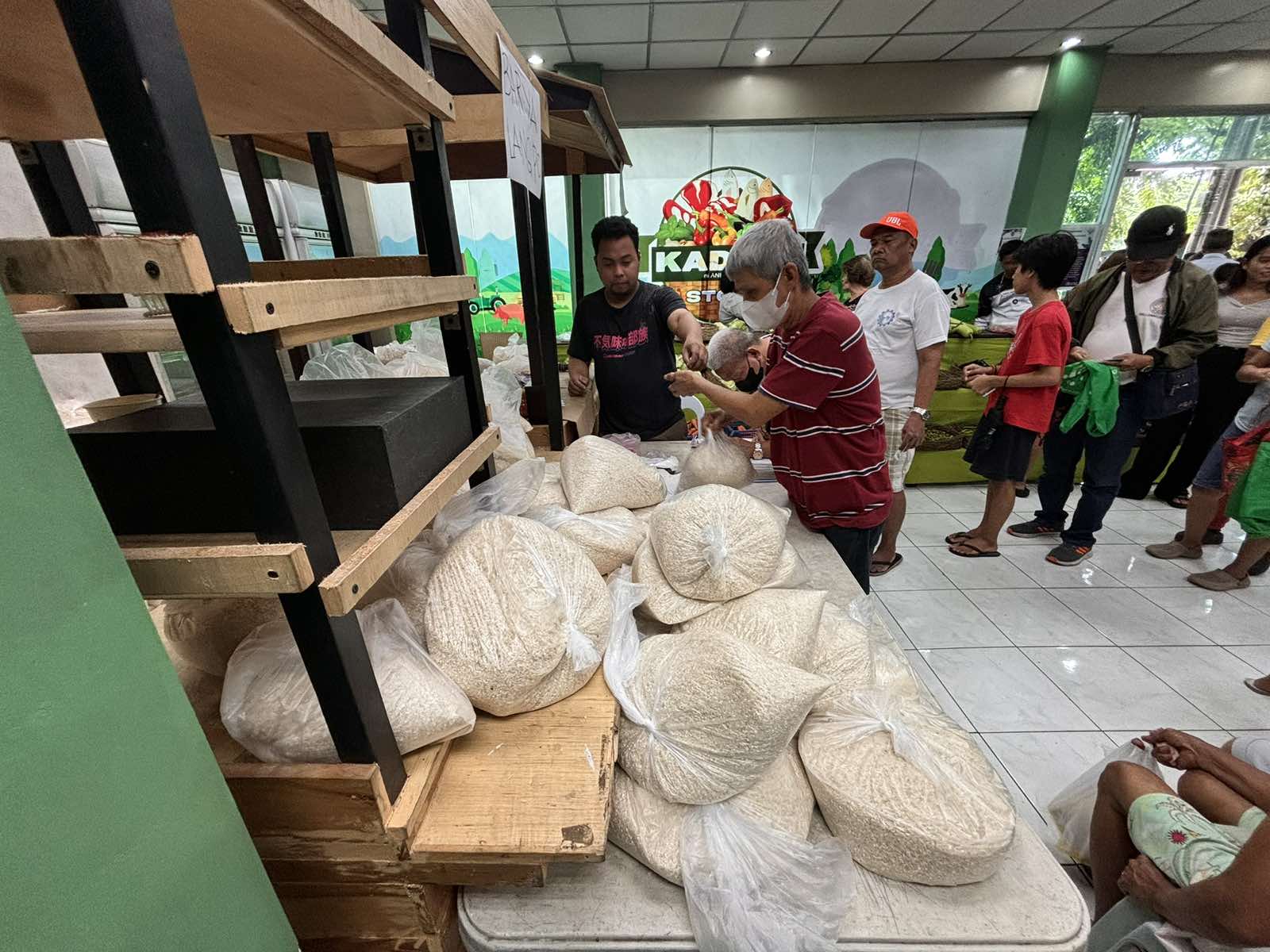
By Brian Jules Campued
The Department of Agriculture (DA) will launch on Friday the large-scale trial of a program aimed at selling rice for as low as P29 per kilo to vulnerable households in select Kadiwa sites.
According to DA Sec. Francisco Tiu Laurel Jr., P29/kg rice will be sold at 10 Kadiwa centers in Metro Manila and Bulacan every Friday to Sunday.
Identified Kadiwa sites are located in the following areas:
- Bureau of Animal Industry (BAI), Visayas Ave., Brgy. Vasra, Quezon City
- National Irrigation Administration (NIA) Parking Lot, EDSA Diliman, Quezon City
- Bureau of Plant Industry (BPI), San Andres St., Brgy. 706, Malate, Manila
- Food Terminal Inc., Brgy. Western Bicutan, Taguig City
- PhilFIDA Compound, Aria St., Talon Dos, Las Pinas City
- Brgy. 167, Llano Road, Caloocan City (Beside PTT Gasoline Station)
- Brgy. Fortune Barangay Hall, Champaca St., Marikina City
- #1 Marcos Highway, BFCT Marikina, Marikina City
- Disiplina Village, Ugong, Valenzuela City
- Brgy. Minuyan Proper (near City College) San Jose del Monte, Bulacan
“The large-scale trial aims to gather comprehensive data on supply, demand, and logistics, essential for the smooth nationwide rollout of the program,” DA said in a news release.
During the implementation period, booklets will be provided to monitor purchases of the 35 million vulnerable Filipinos which include senior citizens, single parents, persons with disabilities, and beneficiaries of the Pantawid Pamilyang Pilipino Program (4Ps).
Eligible households are allowed to buy 10kg of rice per month as well as other agricultural commodities, provided that they will present their identification cards and bring reusable containers or bags to minimize plastic usage.
Laurel, likewise, urged the public not to take advantage of the program by reselling subsidized rice as DA aims to cover a large number of vulnerable sectors under President Ferdinand R. Marcos Jr.’s initiative of “accessible and affordable rice for all Filipinos”.
The DA estimated that full implementation of the “Project 29” will require approximately 69,000 metric tons of rice. Supplies will come from various sources, including the National Food Authority (NFA), the National Irrigation Administration’s (NIA) rice contract growing project, and potential imports managed by DA-affiliated entities.
The agency also expects the number of participating Kadiwa centers to double by August, expanding its reach to major urban centers nationwide with the support of local government units. – avds
